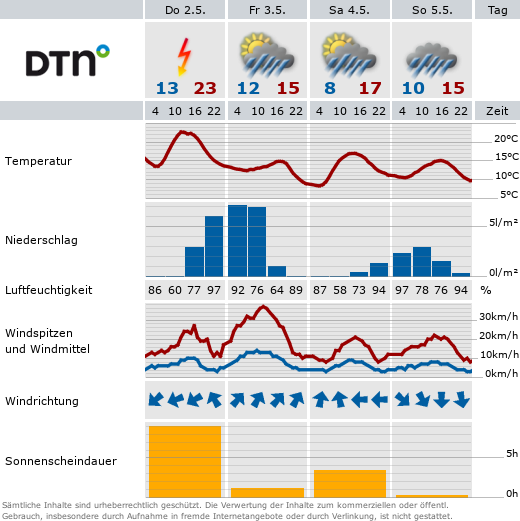Thesis defense of Adrian Wittrock
- Defense
In this thesis, the structural and chemical characteristics of the tribomaterial using spectroscopic techniques are investigated. Specifically, MoS2-steel wear couples, commonly employed in industrial applications, and biomedical artificial hip joints are analyzed.
Modular hip implants are widely used to treat arthritis, but complications due to friction and wear at the head-taper interface may cause the necessity for revision surgery. The mechanical-chemical reaction products and structural features at the head-taper interface of Ti6Al4V and low-carbon cobalt alloy or high-nitrogen steel surfaces, which were subjected to in vitro fretting corrosion tests using bovine calf serum, are investigated using Raman spectroscopy. From these spectra, protein folding/unfolding, the formation of proteinaceous clusters, and the adsorption behavior of short and long aliphatic chains can be deducted. All these structural changes depend on the hydrophilicity of the metallic surfaces and the duration of the fretting process. The analysis also identifies significant differences in the composition of agglomerated wear particles, including chromates, iron oxides, and adsorbed proteins. On both materials, long fretting duration leads to protein cleavage and the formation of sp2-hybridized amorphous carbon. Additionally, the formation of a thin (15 nm), areal, nanocrystalline-amorphous CoSx tribofilm is revealed on the Co-alloy surface. This tribofilm forms from sulfur ions released by cysteine decomposition and cobalt ions from tribocorrosion and may act as an extreme-pressure anti-wear layer. Thus, it may improve the taper junction longevity and mitigate corrosive attacks. The CoSx compound's structure is similar to that of the solid lubricant MoS2.
The tribological contact between MoS2 and steel leads to structural-chemical changes, which are another focus of this thesis. Raman spectroscopy shows compressive and tensile strain within the MoS2 transfer material. In addition, if MoS2 is no longer present in the contact area, Mo, S, and Fe oxidation is detected, for instance, Mo4O11 in the Magnéli-phase. Thereby, the formation of tribo-chemical oxides depends on the modifying element. The study also reveals the formation of disordered graphene in a few layers on the counter body surface. The results characterize the structural and chemical features of the MoS2 transfer material and thus enable the prediction of material failure at microscopic level.
In addition to these mechanism-driven investigations, a novel method, ablation-Raman coating thickness analysis (ARCTA), is developed for coating thickness measurement, especially for curved coatings. This method uses a high-energy pulsed laser to ablate a part of the MoS2 coating in the µm range, followed by Raman spectroscopy to detect the transition from coating to substrate. The method is calibrated on planar surfaces and applied to curved surfaces, demonstrating that the number of laser pulses required for ablation increases approximately linear to the layer thickness. ARCTA shows significant potential for various applications with advantages over other thickness measurement methods.
In total, this thesis reveals structural-chemical characteristics of biological tribofilms at hip implant taper junctions and transfer material at MoS2-steel wear couples by spectroscopic studies and develops a novel method for thickness measurement.









